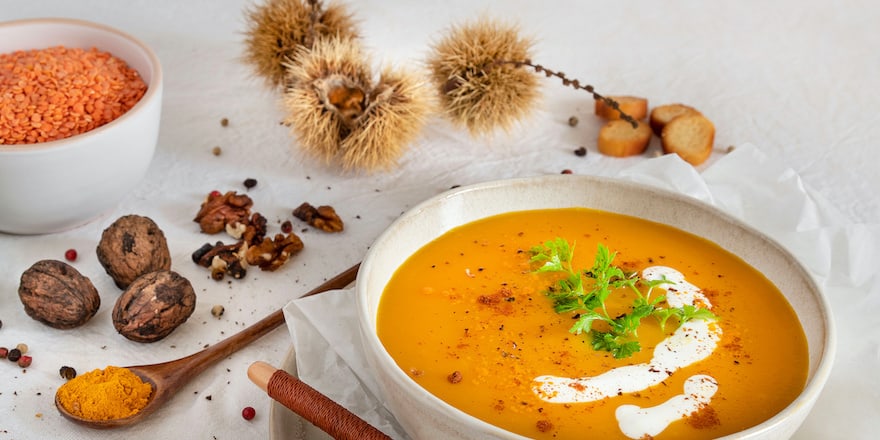In this article I will only discuss hepatic steatosis or non-alcoholic hepatic steatosis (NASH), also called fatty liver disease. It is often associated with obesity, type 2 diabetes and other metabolic factors.
Hepatic steatosis is the most common form of liver disease in many countries.
Indeed, according to this publication, it affects 1 in 4 people worldwide. So you are not alone in looking for solutions to eat more healthily.
Creating a menu when you have hepatic steatosis can seem complicated. Your eating habits need to be shaken up a bit to move toward a healthier diet and lifestyle.
Here I provide a sample menu to adapt according to your tastes and if you follow a particular diet (vegetarian, vegan…) and some tips to change your habits.
Also read | How to choose the best detox dietary supplement for the liver?
My sample menu for hepatic steatosis
Breakfast
Try savory breakfasts: with them, you can more easily last until the next meal, reduce your daily sugar intake, and discover new flavors.
- Omelet
- Toast with fresh cheese and avocado
- Whole wheat bread and Emmental
- Oatmeal with almonds and walnuts
The rule: a hot beverage (tea, coffee), a cereal product (bread, rusk, rolled oats…), a fruit and a little fat (butter, margarine).
Lunch
- Raw vegetable starter: eat vegetables, and therefore fiber. Make a small vinaigrette with walnut or canola oil (rich in omega-6) and start your meal with a healthy appetizer.
- A dish containing proteins, vegetables and whole grains or legumes : mix all the ingredients, like in a chili con carne for example (ground meat, red beans and peppers). Or cook your ingredients separately, for example a piece of salmon, green beans and brown rice.
- A dessert with no added sugar: a piece of fruit or applesauce is perfect, but if you prefer savory, choose lower-fat fresh cheeses.
Dinner
- If you’re very hungry: a dish containing proteins, vegetables, and whole grains or legumes, like at lunch.
- If you’re a little hungry: favor vegetables, a salad, or a soup, for example. Don’t forget proteins that will keep you full overnight, especially plant proteins like lentils, peas, and chickpeas…
For example: red lentil soup, chickpea/tomato/feta/coriander salad, pea soup with fresh goat cheese…
Skip the raw vegetable starter if you eat enough vegetables in your main course. For dessert, a fruit or a yogurt, quite simply.
If you need more advice about your meals, don’t hesitate to consult your doctor or a dietitian-nutritionist who can support you in setting up menus adapted to hepatic steatosis.

How to shake up your eating habits?
Today there is no consensus on how to treat hepatic steatosis, but numerous studies agree that diet plays a major role in its prevention and reversal.
In this study, I actually read that the Mediterranean diet remains the most optimal way of eating when one has hepatic steatosis.
Indeed, this diet involves a predominant consumption of plant-based foods and fish, and a reduced intake of meat and dairy products.
Thanks to the combination of foods with antioxidant and anti-inflammatory properties, the Mediterranean diet remains the benchmark for a healthy and delicious everyday diet (regardless of your physical condition, by the way).
Here are some tips to guide you toward a Mediterranean diet adapted to your hepatic steatosis:
- Increase your fiber intake: fiber-rich foods, such as fruits, vegetables, legumes, and whole grains, can help reduce fat accumulation in the liver. Fiber promotes satiety and helps maintain a healthy weight.
- Favor low glycemic index foods: to reduce your blood sugar, opt for low-GI foods that will help you maintain appropriate blood glucose levels.
- Reduce your portions to maintain a healthy weight: fatty liver is often associated with obesity or type 2 diabetes. Regaining a healthy weight will help limit the progression of the disease.



